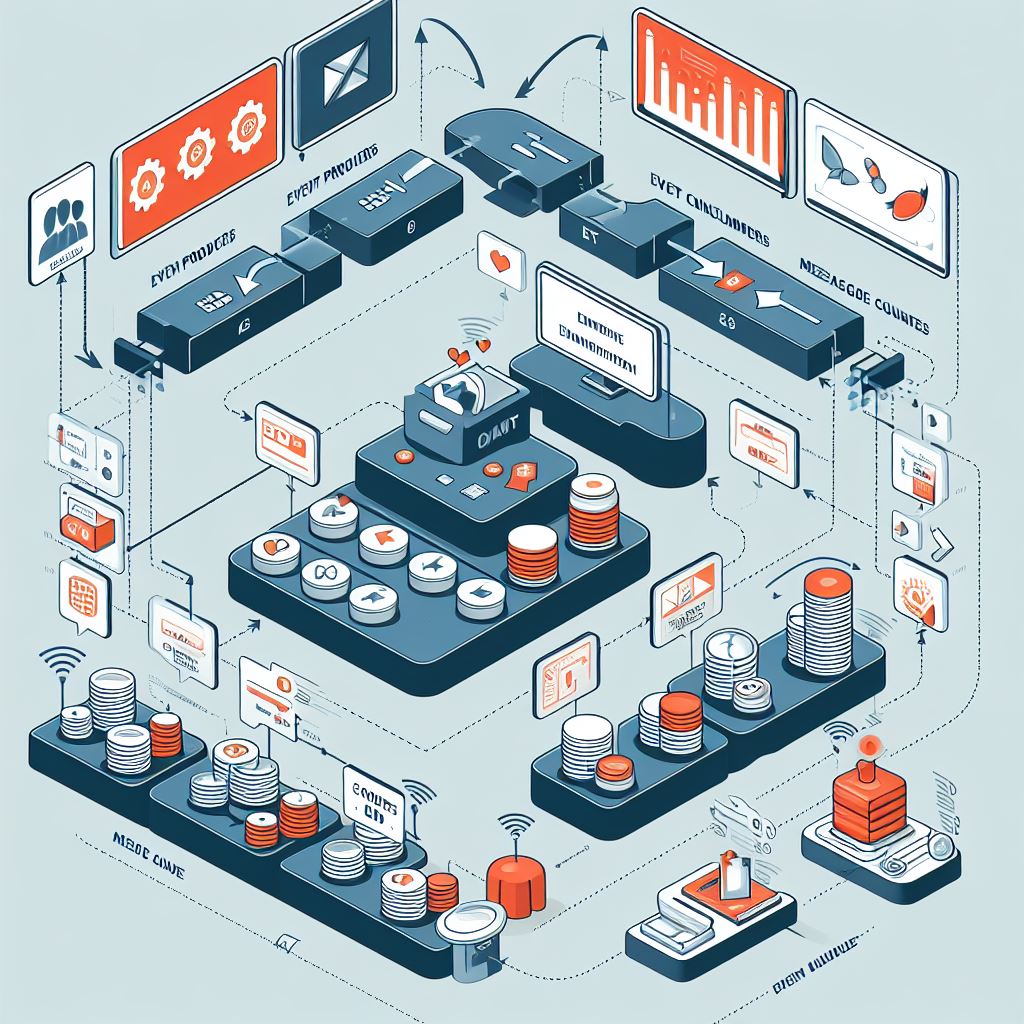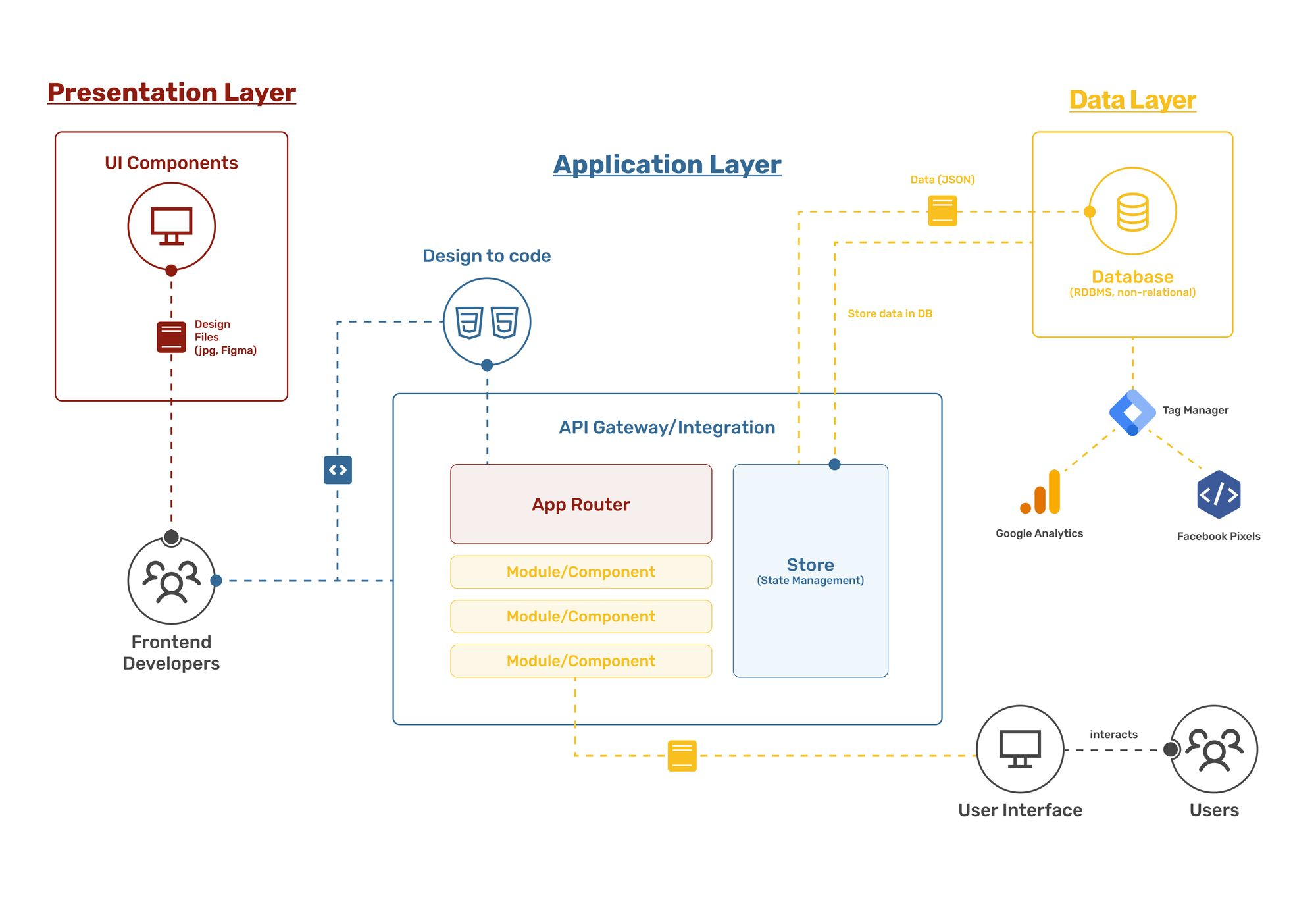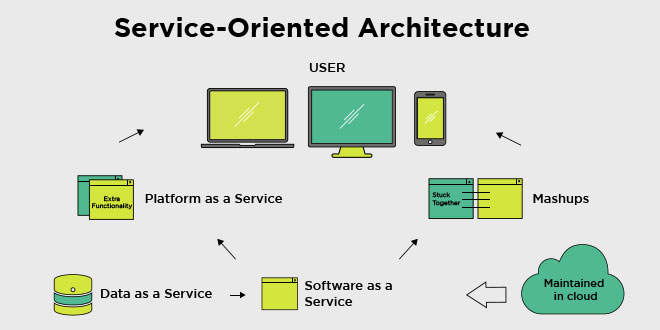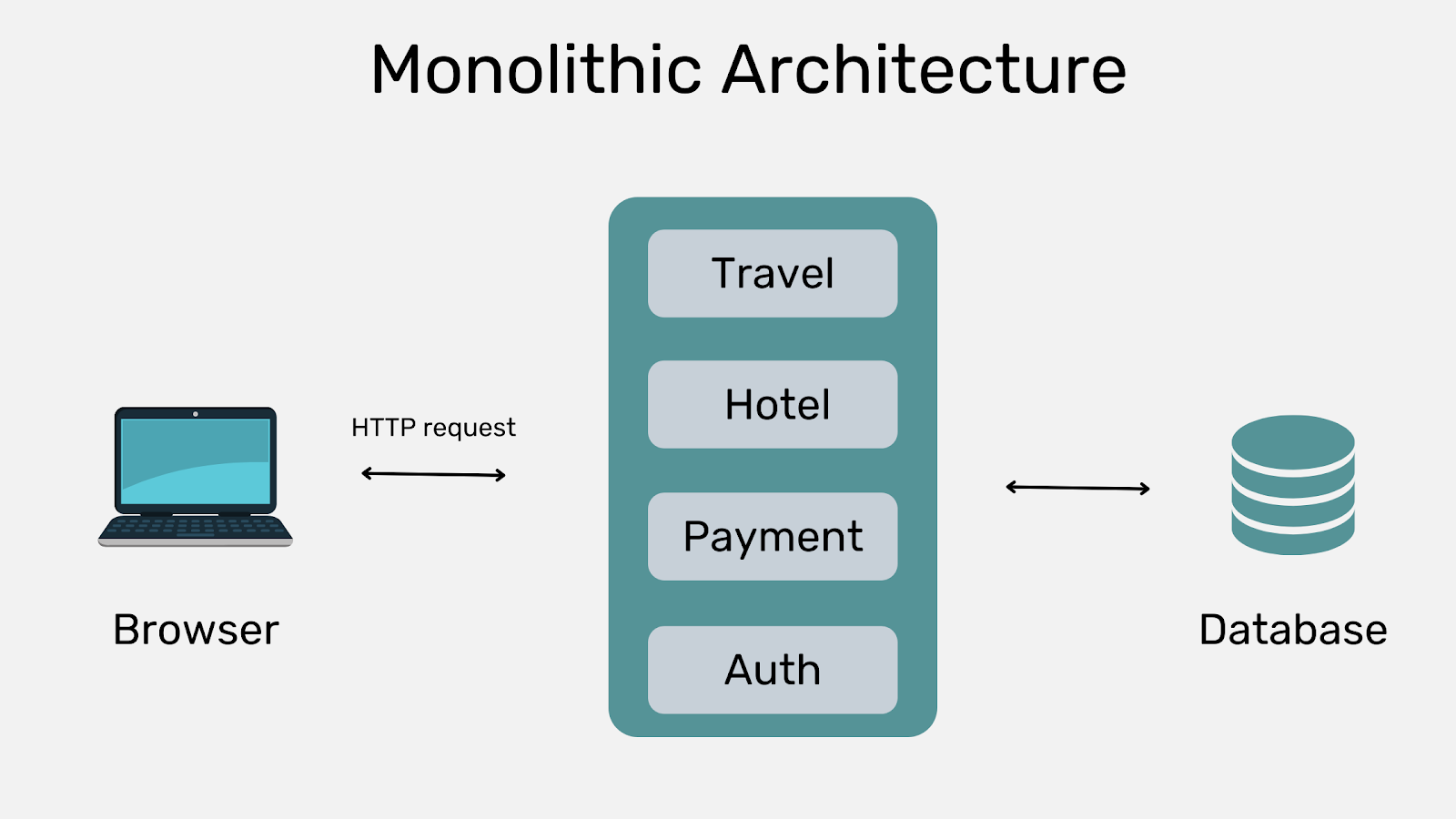Software architecture is like the blueprint of a building, determining how different parts of a software system will function together. Understanding different architecture models is crucial for developers to design scalable, robust, and maintainable systems. As a startup CTO navigating the complex landscape of software development, my initial decision revolved around selecting an application architecture tailored to our specific needs. Given our focus on rapid scalability, it was imperative to choose an architecture capable of supporting growth without sacrificing performance or disrupting services.
For our Fintech application, I opted for a Tier 3 architecture model. This approach divides the system into distinct layers, each with well-defined responsibilities. These layers typically include presentation, business logic, data access, and persistence. By organizing our system in this manner, we promote modularity and maintainability, essential factors in the financial sector where reliability and efficiency are paramount.
Conversely, for our e-commerce application, I embraced the Microservices architecture. This model breaks down the system into multiple independent services, each with its own specific functionality. These services operate autonomously and communicate with one another via APIs, enabling seamless development, deployment, and scaling. This approach is ideal for the dynamic nature of e-commerce, allowing us to adapt quickly to changing market demands and scale our platform with ease.
In the following sections, I will explain into various software architecture models, offering insights and recommendations for developers and solution architects navigating similar decisions.
Event-Driven Architecture (EDA)
In event-driven architecture, components communicate through the production, detection, consumption, and reaction to events. Events trigger actions, allowing systems to be asynchronous and scalable. Example: Twitter uses event-driven architecture to handle real-time updates. When a user tweets, the event triggers notifications to followers and updates timelines, ensuring timely delivery of information.

Microservices Architecture
Microservices architecture decomposes an application into smaller, independent services, each responsible for a specific business function. These services communicate over lightweight protocols like HTTP or messaging queues. Example: Netflix employs a microservices architecture for its streaming platform. Each service, such as user authentication, recommendation engine, and content delivery, operates independently, enabling flexibility and scalability.

Layered Architecture
Layered architecture divides a software system into different layers, each handling specific tasks independently. These layers work together to ensure efficient functioning of the application. Google’s Gmail service utilizes layered architecture. The presentation layer is responsible for displaying the user interface, including emails, folders, and settings. The business logic layer manages the processing of emails, such as sending, receiving, and organizing messages. The data access layer interacts with the database to retrieve and store email data securely. Finally, the persistence layer ensures that user emails are stored reliably and can be accessed whenever needed. This layered approach enables Gmail to provide a seamless and robust email experience to millions of users worldwide.

Service-Oriented Architecture (SOA)
SOA is an architectural approach where applications are composed of loosely coupled, reusable services. These services can be accessed and combined to create new functionalities through standardized protocols. Example: Amazon employs SOA for its e-commerce platform. Various services, such as product catalog, payment processing, and recommendation engine, are independently developed and integrated using APIs.

Monolithic Architecture
In a monolithic architecture, the entire software application is built as a single unit. All components, including the user interface, business logic, and data access layer, are tightly integrated. Example: WordPress is a popular content management system that follows a monolithic architecture. All functionalities, such as content management, plugins, and themes, are bundled into a single application. A traditional desktop application like Microsoft Word is a classic example of monolithic architecture. All features, from text editing to formatting options, are bundled into a single executable file.

As a conclusion, I’ve provided a foundational understanding of each architecture type and their operational mechanisms. However, it’s essential to delve deeper into the advantages and disadvantages of each architecture to make well-informed decisions.
For instance, Monolithic Architecture offers simplicity in development and deployment, making it easier to manage for smaller projects or teams. On the downside, it may encounter scalability issues as the application grows, and changes or updates to one part of the system can affect the entire application.
On the other hand, Layered Architecture promotes modularity and separation of concerns, enhancing maintainability and scalability. However, it may introduce complexity, especially in large-scale applications, and communication between layers can sometimes lead to performance bottlenecks.
Ultimately, the choice of architecture should align with the specific needs and goals of the project. Factors such as scalability requirements, team expertise, time-to-market considerations, and the anticipated evolution of the application should all be taken into account when making this decision. By carefully evaluating these factors, developers and architects can select the most suitable architecture to ensure the success and longevity of their software projects.
P.S: Some images in this post were made by AI, and some were taken from the internet. Image copyrights belong to their respective owners.

